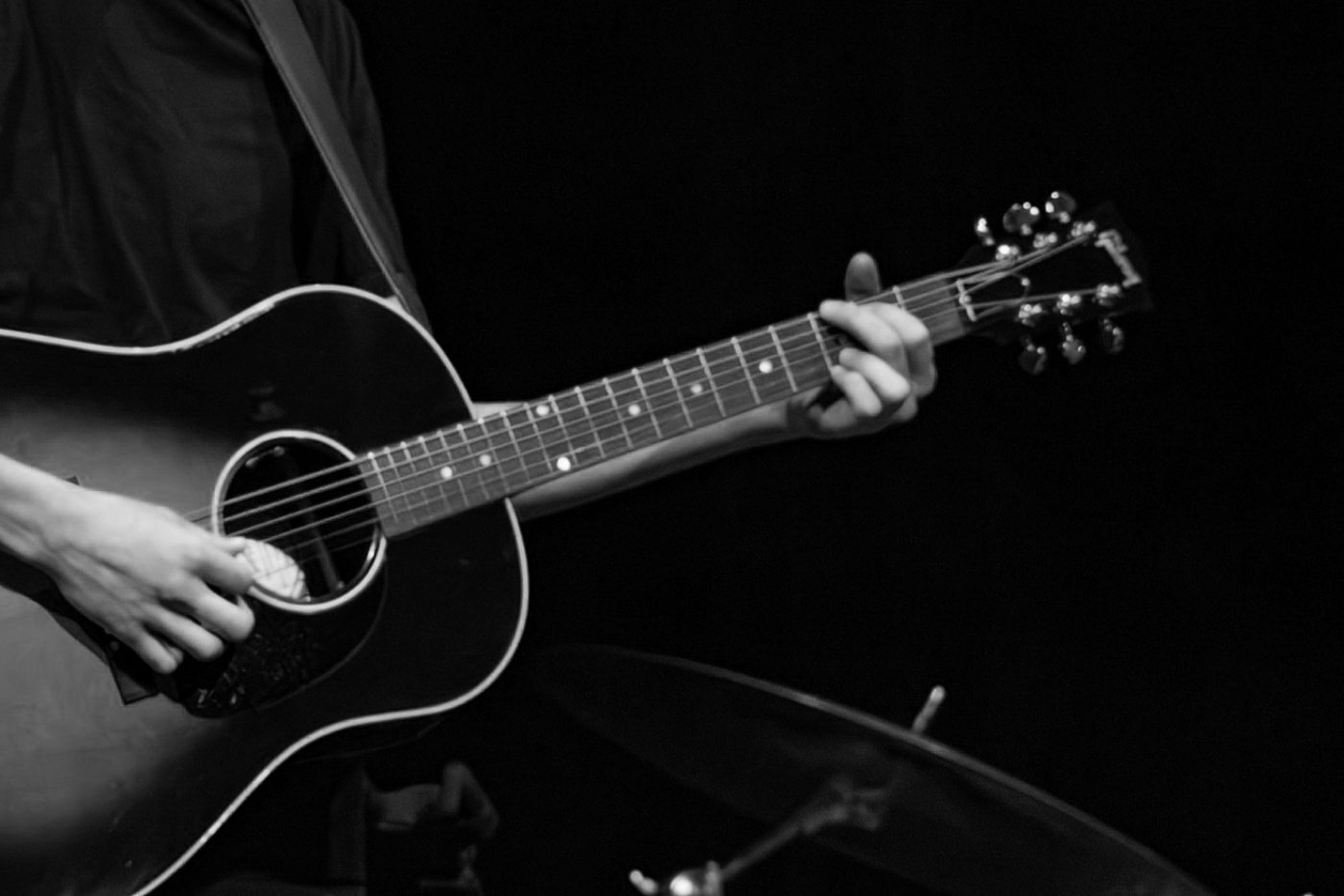Building A Demo: A Step-By-Step Process
Download a printable PDF of this worksheet.
Updated July 2025.
1. Getting Started
We start by listening to any demos and performances of the song that you already have. I want to get a sense for how this song has developed and understand your progress. This is the first listen that helps me catch what this song is all about. I'd like to know what you see in the song and what you hope to improve. A brief written introduction can help as well.
If you are still in the process of writing the song, we will take the time to develop the ideas together.
2. Collect Assets
Once we have an arrangement that we both like, we will start collecting the preliminary assets.
Reference Tracks: Around ten songs in a playlist that embody the mood, sonics, energy, or style that you are going for in your production. These songs can be loosely related to your song, and they don’t necessarily represent what your project will sound like. They give input on the general direction the song should go and overall taste in musical preferences.
Scratch Tracks With Click: Provide a scratch recording of you playing and singing through the entire song with a click. This can be as simple as an iPhone recording with a metronome in the background. This is not a take that will be used in the final production. It is only a guiding track for the first steps of the production. Ideally, this track is from loudest to quietest: voice, instrument, click, but as long as everything is clearly heard, it will work for the next step.
Lyric Sheet: Provide all the lyrics to your song. This can be a document or a shared note.
Chord Chart: Lyrics with chords and arrangement details (if applicable) to guide the production process.
Instrumentation/Production Ideas: A written or verbal description of any ideas you have for the song. This includes genre-specific ideas, instruments you do or do not want to include, and effects or aesthetics you are hoping to capture.
3. Layering & Exploration
Once I have the scratch track with click, I will start layering instrumental ideas and building the arrangement. These parts will be recorded over the track provided and help establish the arrangement more fully. I can offer input on any stage of the song production, but I want to make sure that I meet your expectations for the process. The following chart will help clarify where new creative ideas can be explored.
I will develop an arrangement with different instrumental parts and share a few versions with you for your review and input. Since we are making a demo, many of the instrumental parts will be placeholders. The purpose is to get a musical and sonic image of how the song could develop as a production.
4. Final Scratch Tracks
Once we have a working arrangement, I will ask you to send me a new scratch track of only your vocals. You’ll make this by listening to the demo in headphones and singing to it so I can sync it with the project and mute the original scratch. This makes the production cleaner and helps move me toward more integrated production and mixing.
Vocal Only Scratch Track: A new scratch track of only your vocals. You’ll make this by listening to the demo in headphones and singing to it so I can sync it with the project and mute the original scratch. If we are making a demo, this will likely be the final vocal recording used.
(Optional) Important Solo Instrument Tracks: Any instrumental parts you want to isolate for your production. This could be foundational instruments, solo sections, or instrumental hooks/riffs that are part of your artistic voice.
5. Polishing and Editing
With the new tracks, I will start going through the production to polish and develop it more fully. Any parts that we need to redo for quality will be fixed here. I’ll do creative mixing to bring out the development and movement of the song more fully.
6. Final Tracking
I will re-record any placeholder parts that need redone or cleaned up. An optional step is to record a final vocal take and any critical instrumental parts together in a recording session to maximize quality. This step will be conditional on scheduling, location, and your needs for the project.
7. Final Mixes
I’ll put everything together, and we can listen and review any minor changes and have a final mix!
What’s Next?
Creating a demo is a crucial step in developing a song for recording. It takes your initial ideas and translates them into a tangible musical form, helping you better understand how to enhance the song’s emotional impact, musicality, and message. A well-crafted demo is a powerful tool for moving your music forward. Here are some meaningful next steps you can take:
Use it to represent yourself as an artist: Share your demo with promoters, clients, or labels as a showcase of your style, sound, and creative identity. A strong demo can spark collaborations and open doors to new opportunities.
Present it to a band or ensemble: A structured and expressive demo provides a clear musical blueprint, making it easier for other musicians to bring your vision to life in rehearsals or live performances.
Build your portfolio: Collect and organize your demos into a catalog of your musical work. This helps define your artistic brand and serves as a valuable archive for future development and releases.
Develop it into a release-ready production: Use the demo as the foundation for a fully produced track. Whether you choose to work with me to professionally produce and record your song or partner with a label, producer, or team, this step transforms your raw idea into a polished, market-ready release.

